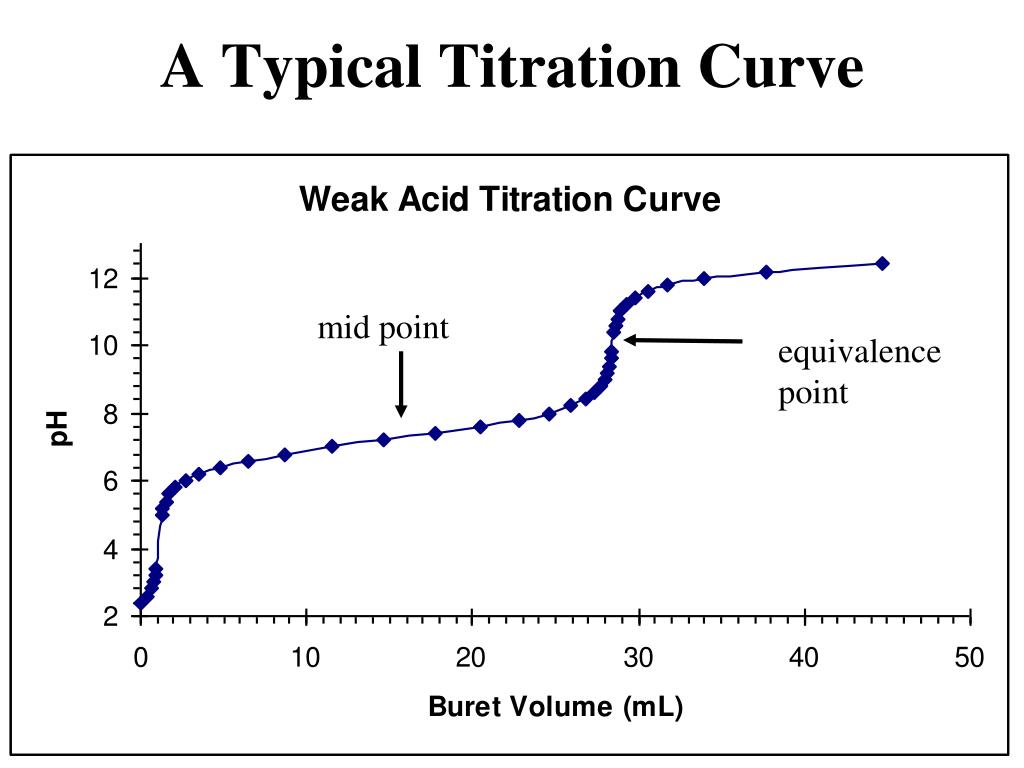halfway point calculate distances with ease always

Calculating distances accurately is essential for travel planning, project management, or everyday tasks. Whether you're determining the halfway point between two locations or measuring total distance, having the right tools and methods can save time and reduce errors. In this guide, we’ll explore how to calculate distances with ease, providing practical tips and tools for both informational and commercial purposes. From manual calculations to digital solutions, you’ll learn everything you need to master distance measurements, halfway point calculations, and more.
Understanding Distance Calculations: The Basics

Before diving into tools and techniques, it’s crucial to understand the fundamentals of distance calculations. Distance is typically measured in miles, kilometers, or meters, depending on the context. For geographical distances, the Haversine formula is commonly used to calculate the shortest distance between two points on a sphere (like the Earth).
For simpler scenarios, such as finding the halfway point between two locations, you can use basic arithmetic or digital mapping tools. This section lays the groundwork for more advanced methods, ensuring you have a solid understanding of how distances are calculated.
How to Calculate the Halfway Point Between Two Locations

Finding the halfway point is useful for meeting someone in the middle or planning pit stops during long journeys. Here’s a step-by-step guide:
- Step 1: Identify the coordinates (latitude and longitude) of both locations.
- Step 2: Use the midpoint formula: (Latitude1 + Latitude2) / 2 and (Longitude1 + Longitude2) / 2.
- Step 3: Input the coordinates into a mapping tool to visualize the halfway point.
📌 Note: For greater accuracy, consider using tools that account for the Earth’s curvature, such as Google Maps or specialized distance calculators.
Tools for Calculating Distances: Digital vs. Manual

While manual calculations work for simple tasks, digital tools offer speed and precision. Here’s a comparison:
| Tool | Best For | Features |
|---|---|---|
| Google Maps | Everyday Use | Halfway point, route planning, real-time traffic |
| GPS Devices | Outdoor Activities | Offline maps, elevation data |
| Distance Calculator Apps | Commercial Projects | Bulk calculations, exportable data |

Choose the tool that best fits your needs, whether you’re planning a road trip or managing logistics for a business.
Practical Applications of Distance Calculations

Distance calculations aren’t just for travelers. They’re essential in various fields, including:
- Real Estate: Determining proximity to amenities.
- Logistics: Optimizing delivery routes.
- Event Planning: Finding central meeting locations.
Understanding how to calculate distances with ease can streamline operations and enhance decision-making in these areas.
Mastering distance calculations, especially finding the halfway point, is a valuable skill with applications in both personal and professional settings. By leveraging the right tools and techniques, you can save time, reduce errors, and make informed decisions. Whether you’re planning a trip or managing a project, the ability to calculate distances with ease is an indispensable asset.
What is the easiest way to find the halfway point between two cities?
+
Use Google Maps or a halfway point calculator by entering the two locations and letting the tool determine the midpoint automatically.
Can I calculate distances without internet access?
+
Yes, GPS devices and offline mapping apps allow you to calculate distances without an internet connection.
How accurate are digital distance calculators?
+
Most digital tools are highly accurate, especially those using the Haversine formula or GPS data. However, always verify results for critical applications.


